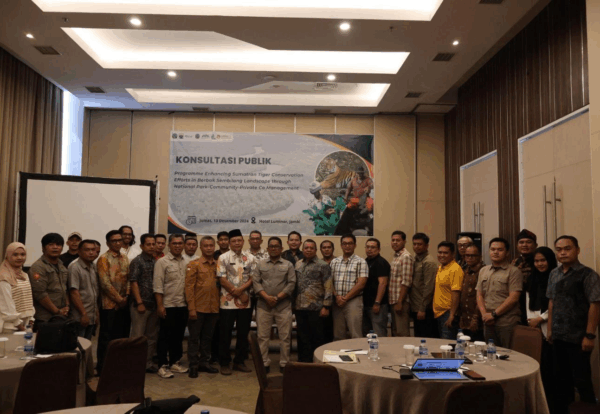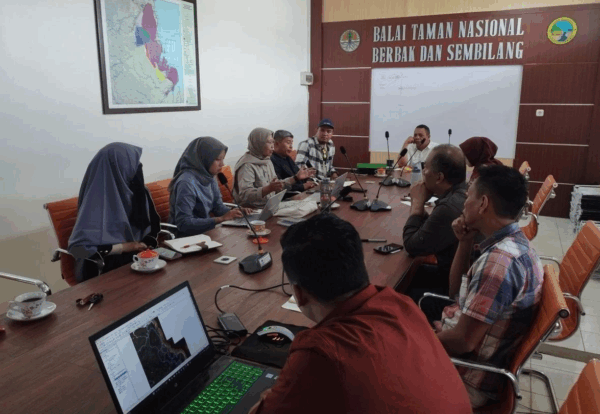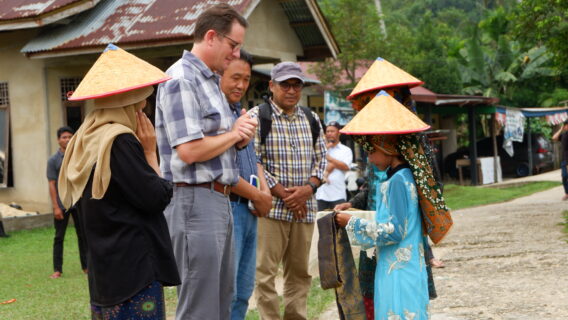
Safeguarding Sumatran Tigers in Indonesia: Collaborative Conservation in Berbak Sembilang
Project description
The Greater Berbak Sembilang Landscape (BSL) in Eastern Sumatra is one of the last refuges for the Critically Endangered Sumatran tiger, home to an estimated 30–40 individuals alongside other threatened wildlife. Yet this vital ecosystem of peat swamps, mangroves, and lowland forests is under growing pressure from fires, poaching, and deforestation.
This project will secure tiger populations, prey, and habitats while improving community resilience and livelihoods. Through habitat restoration, anti-poaching and fire-prevention, and sustainable social forestry partnerships, the project will strengthen conservation management across core tiger areas and 12 surrounding villages. By linking biodiversity protection with inclusive economic development and women’s empowerment, it aims to ensure long-term coexistence between people and wildlife in one of Southeast Asia’s most critical tiger strongholds.
This project is implemented by Komunitas Konservasi Indonesia Warsi (KKI Warsi).
Threats

Habitat loss & degradation

Human-wildlife conflict

Poaching
Project objectives
Project activities
Project activities will focus on collaborative conservation, restoration, and sustainable livelihoods through the following actions:
- Implement co-management between National Park, private sector, and communities for habitat restoration, reforestation, and wildlife conservation.
- Map degraded areas, threats, and species for restoration; replant with native trees and monitor success with community involvement.
- Strengthen protection and monitoring of Sumatran tigers and prey using SMART patrol, camera traps, and bioacoustics, with training for rangers and local communities.
- Build capacity of communities, Social Forestry groups, and authorities through training on forest monitoring, sustainable enterprises, and human-tiger conflict mitigation.
- Enhance livelihoods through smart agriculture, sustainable business models, and improved market access
- Raise public awareness through seminars, workshops, and exhibitions, while supporting Payment for Ecosystem Services (PES) research to design benefit-sharing mechanisms.






